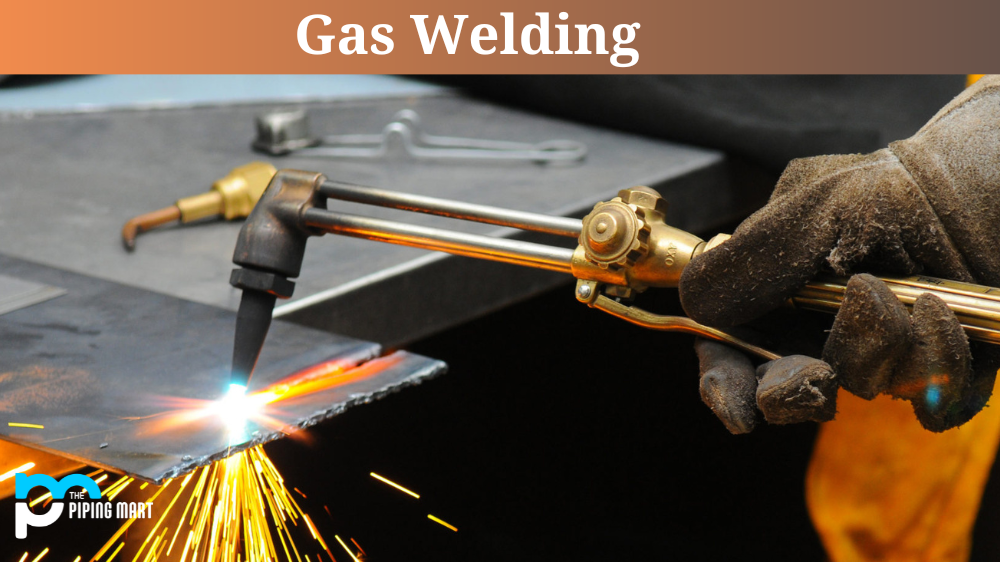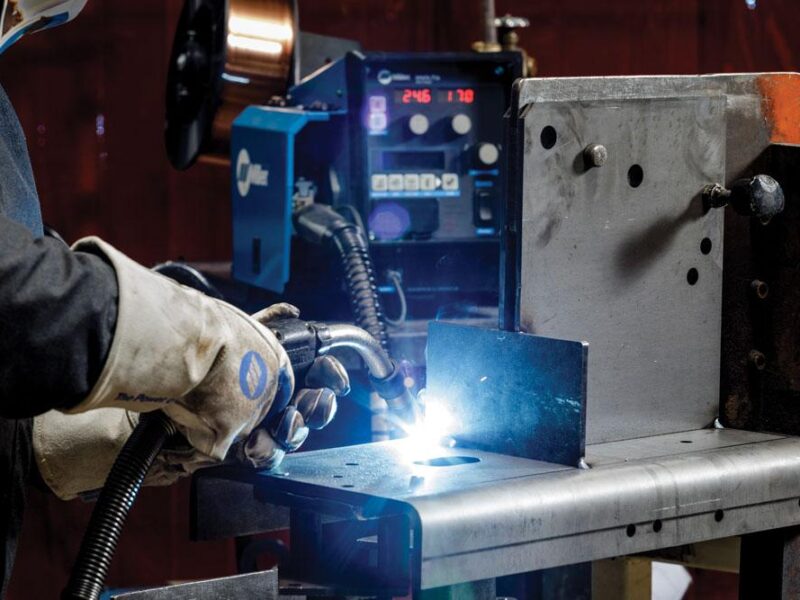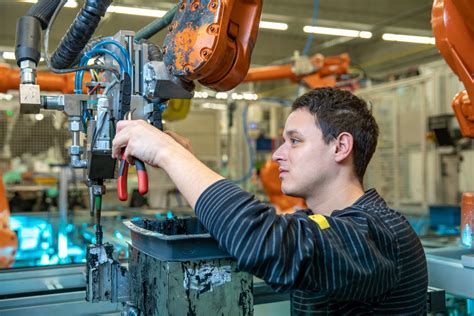Welding gases play a crucial role in the welding process, ensuring a clean, efficient, and defect-free weld. The right gas enhances arc stability, prevents contamination, and improves the overall quality of the weld. Depending on the welding method and material, different gases or gas mixtures are used. This article explores the top 5 welding gases and their applications in various industries.
1. Argon (Ar)
Argon is an inert gas widely used in welding due to its versatility and ability to produce high-quality welds. It is colorless, odorless, and non-reactive, making it suitable for various applications.
Applications:
- TIG Welding (Tungsten Inert Gas): Argon is the primary shielding gas in TIG welding. It protects the weld area from atmospheric contamination, ensuring a clean and precise weld. It is commonly used for welding aluminum, magnesium, and stainless steel.
- MIG Welding (Metal Inert Gas): Argon is often used as a shielding gas or blended with other gases like carbon dioxide or helium for MIG welding. It helps in achieving smoother arc starts and reducing spatter.
- Plasma Cutting and Welding: Argon serves as the plasma gas, facilitating smooth and precise cuts and welds.
Advantages:
- Provides excellent arc stability.
- Produces minimal spatter.
- Enhances bead appearance and penetration.
Industries:
- Aerospace: For welding lightweight materials like aluminum.
- Automotive: For precision welding of components.
- Manufacturing: For stainless steel fabrication.
2. Carbon Dioxide (CO₂)
Carbon dioxide is the most commonly used reactive gas in welding due to its affordability and effectiveness. It is often used in its pure form or blended with argon.
Applications:
- MIG Welding: CO₂ is used as a shielding gas for welding mild steel and carbon steel. It prevents oxidation and enhances penetration, making it suitable for thicker materials.
- Flux-Cored Arc Welding (FCAW): It works well as a shielding gas for FCAW, offering deep penetration and high deposition rates.
Advantages:
- Cost-effective compared to other gases.
- Offers deeper penetration, suitable for thicker materials.
- Provides good shielding against atmospheric contamination.
Industries:
- Construction: For welding structural components.
- Shipbuilding: For joining large steel sections.
- Heavy Equipment Manufacturing: For fabricating durable machinery.
3. Helium (He)
Helium is an inert gas known for its high thermal conductivity, making it ideal for applications requiring deeper penetration and higher heat input.
Applications:
- TIG Welding: Helium is used for welding non-ferrous metals like aluminum, magnesium, and copper. It allows for higher heat input and faster welding speeds.
- MIG Welding: Often blended with argon, helium enhances weld pool fluidity and penetration.
- Plasma Arc Welding: It serves as a plasma gas, providing excellent heat transfer and cutting efficiency.
Advantages:
- Facilitates deeper penetration and higher heat input.
- Speeds up the welding process.
- Improves weld pool fluidity.
Industries:
- Aerospace: For welding lightweight and heat-conductive materials.
- Electronics: For precision welding of copper components.
- Oil and Gas: For fabricating pipelines and pressure vessels.
4. Oxygen (O₂)
Although not used as a primary shielding gas, oxygen is added in small quantities to improve arc stability and increase penetration. It is typically blended with inert gases for specific applications.
Applications:
- MIG Welding: Oxygen is mixed with argon for welding carbon steel, stainless steel, and low-alloy steels. It enhances arc stability and improves bead wetting.
- Cutting and Brazing: Oxygen is combined with acetylene or other fuels for flame cutting and brazing operations.
- Plasma Cutting: Oxygen is used as the plasma gas for cutting carbon steel.
Advantages:
- Improves arc stability and penetration.
- Enhances the fluidity of the weld pool.
- Speeds up the welding process.
Industries:
- Automotive: For welding body panels and exhaust systems.
- Manufacturing: For welding low-alloy and carbon steels.
- Metal Fabrication: For cutting and shaping steel components.
5. Acetylene (C₂H₂)
Acetylene is a highly flammable gas commonly used for oxy-acetylene welding and cutting processes. Its high flame temperature makes it ideal for applications requiring intense heat.
Applications:
- Oxy-Acetylene Welding: Acetylene is mixed with oxygen to produce a high-temperature flame for welding and brazing.
- Oxy-Acetylene Cutting: It is used for cutting thick steel plates and other ferrous materials.
- Heating and Bending: Acetylene flames are used for preheating and bending metals.
Advantages:
- Produces the highest flame temperature among fuel gases.
- Provides precise control over heat input.
- Suitable for cutting and welding thick materials.
Industries:
- Metalworking: For cutting, welding, and shaping metals.
- Maintenance and Repair: For on-site welding and repairs.
- Construction: For fabricating steel structures.
Choosing the Right Welding Gas
The choice of welding gas depends on several factors, including:
- Material Type:
- Aluminum and magnesium: Argon or argon-helium mixtures.
- Carbon steel: CO₂ or argon-CO₂ blends.
- Stainless steel: Argon-oxygen or argon-helium blends.
- Welding Process:
- TIG welding: Argon or helium.
- MIG welding: Argon-CO₂ or argon-helium blends.
- Flux-cored welding: CO₂ or argon-CO₂ blends.
- Desired Weld Quality:
- For high-quality, precise welds: Inert gases like argon and helium.
- For cost-effective and deep penetration welds: CO₂.
- Cost Considerations:
- Pure argon and helium are more expensive but provide superior results.
- CO₂ is cost-effective and suitable for most steel welding applications.
Welding Gas Mixtures
In many applications, gas mixtures are used to optimize weld quality and performance. Common mixtures include:
- Argon-CO₂ (75/25): Widely used for MIG welding of carbon steel.
- Argon-Helium: Ideal for welding aluminum and stainless steel.
- Argon-Oxygen: Used for spray transfer welding of stainless steel.
Safety Precautions
Welding gases can pose safety risks if not handled properly. Follow these precautions:
- Store gas cylinders upright and secure them to prevent tipping.
- Use appropriate regulators and flowmeters for each gas.
- Ensure proper ventilation to avoid gas buildup in confined spaces.
- Handle acetylene with care due to its high flammability.
- Wear protective gear, including gloves, goggles, and welding helmets.
Conclusion
The choice of welding gas plays a vital role in determining the quality, efficiency, and safety of the welding process. Argon, carbon dioxide, helium, oxygen, and acetylene are the top gases used across various welding methods and applications. By understanding their properties and uses, welders can select the appropriate gas to achieve optimal results in their specific projects. Proper handling and adherence to safety measures ensure a successful and hazard-free welding experience.


